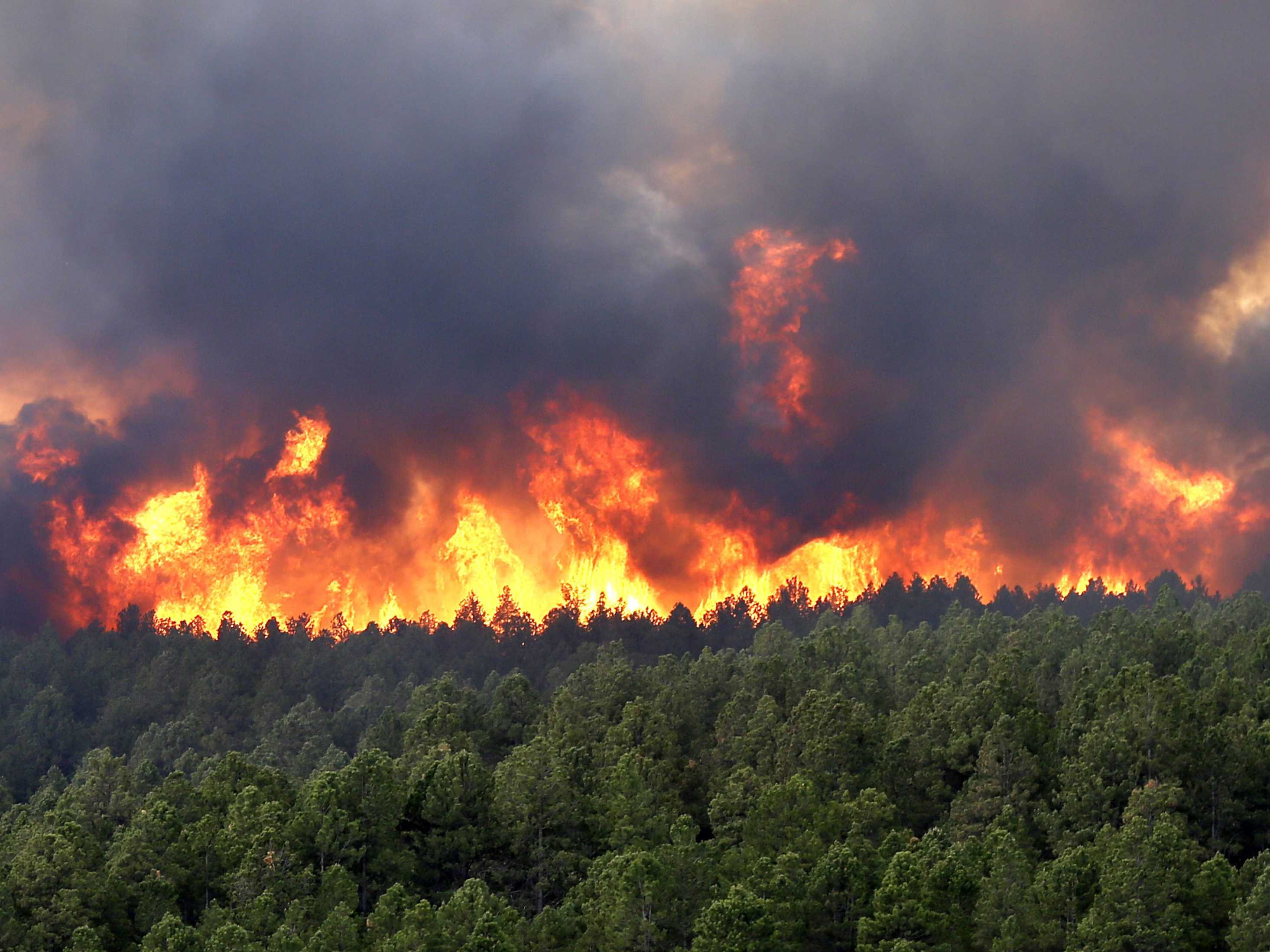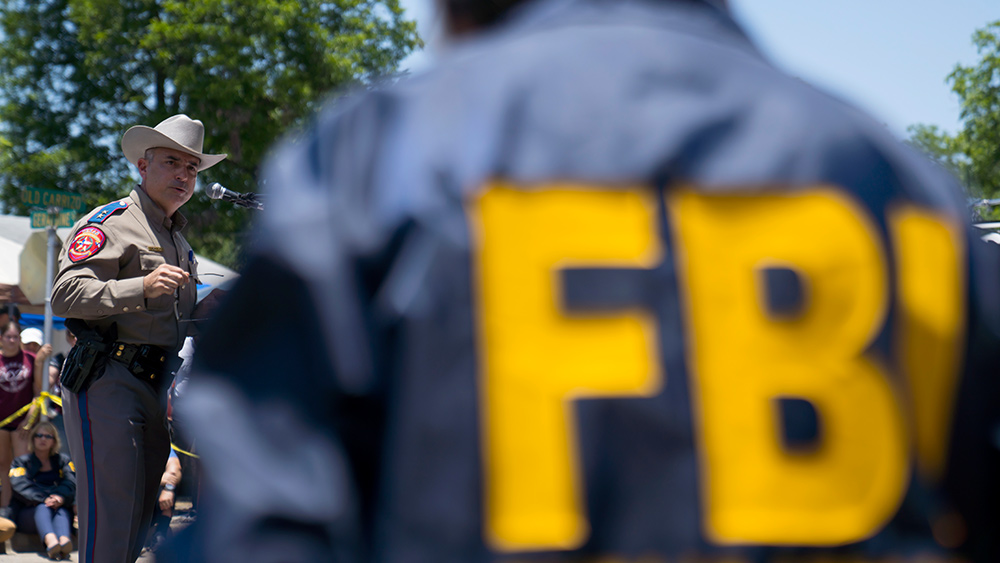
But the San Francisco-based power provider, which serves 16 million residents throughout northern and central California, scaled back its fire-prevention outages to about 65,000 customers following major improvements in weather conditions. This is about a third fewer than its earlier projection of close to 97,000 customers.
PG&E said that it will inspect power lines during the downtime before restoring power. Meanwhile, it has notified customers of the anticipated outage via text, email and automated phone calls. PG&E also set up 28 resource centers complete with water, food, restrooms and charging stations for affected customers.
The first of many outages?
Since last month's unusual lightning storms sparked major blazes, more than 8,100 wildfires have ripped through California this fire season. This figure includes the North Complex Fire, one of the state's deadliest and most massive fires to date, which is still burning in the counties of Plumas and Butte.
In all, the wildfires have burned a staggering 3.8 million acres, according to the California Department of Forestry and Fire Protection (CAL FIRE).
California's peak wildfire season often runs from September through November. However, over the past decade, it has been growing longer and hotter, with blazes coming in as late as December despite the lower temperatures. (Related: Firefighters and responders brace for more fires spreading across California.)
With hot gusts of wind not letting up, setting the stage for more fires across the state, PG&E cut power to some 167,000 homes and businesses in portions of 22 counties earlier this month. Based on census data, the power outage could have left more than 500,000 people in the sweltering heat.
In 2019, PG&E relied on preemptive shut-offs after its equipment sparked devastating wildfires in 2017 and 2018, which killed more than 100 people and burned close to 16,000 homes. It is the first power provider in the US to initiate a weather-related outage of that scale.
However, these preemptive outages might become routine for millions of Californians if the following fire seasons prove to be just as destructive. Last October, PG&E disclosed in a hearing that it might continue imposing such preemptive outages for as long as a decade while it worked on improving its electric grid.
The power provider had enforced an outage that month in 34 counties, affecting more than two million Californians, a move that garnered much criticism from California Gov. Gavin Newsom and other state legislators.
Strained electric grid prompts outages
Wildfires aren't the sole driver of California's recent blackouts. Last month, PG&E was among several electric companies nationwide that conducted rolling blackouts amid fears of overwhelming their strained electric grids, according to a recent report from the Daily Mail.
Even before the fires started earlier last month, the record-breaking heatwave that persisted throughout much of California has put much strain on the state's electric grid. To make matters worse, protocols for COVID-19 have confined people indoors, running their air conditioners on full blast for longer.
With the power grid operating on low reserves, the California Independent System Operator (CAISO) moved to a stage 2 electrical emergency across the state, prompting PG&E to cut power to 250,000 homes without prior notice.
The sudden shut-off has left thousands of residents in the dark and without air-conditioning in the midst of an intense heatwave. The hour-long outages had also occurred on a rotating basis through PG&E's central and northern service territories.
Visit Power.news for more news articles on power outages in California during this wildfire season.
Sources include:
Please contact us for more information.























